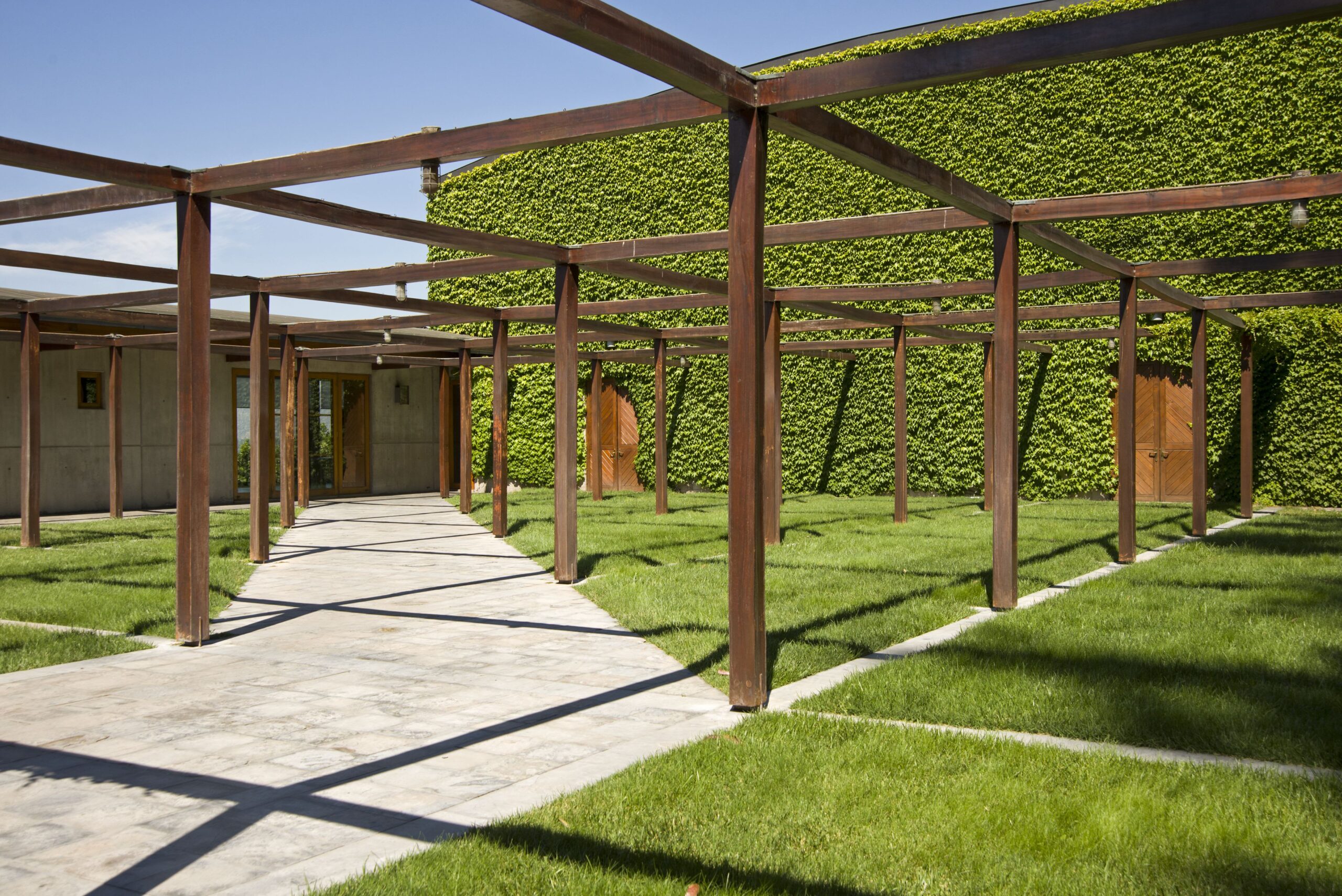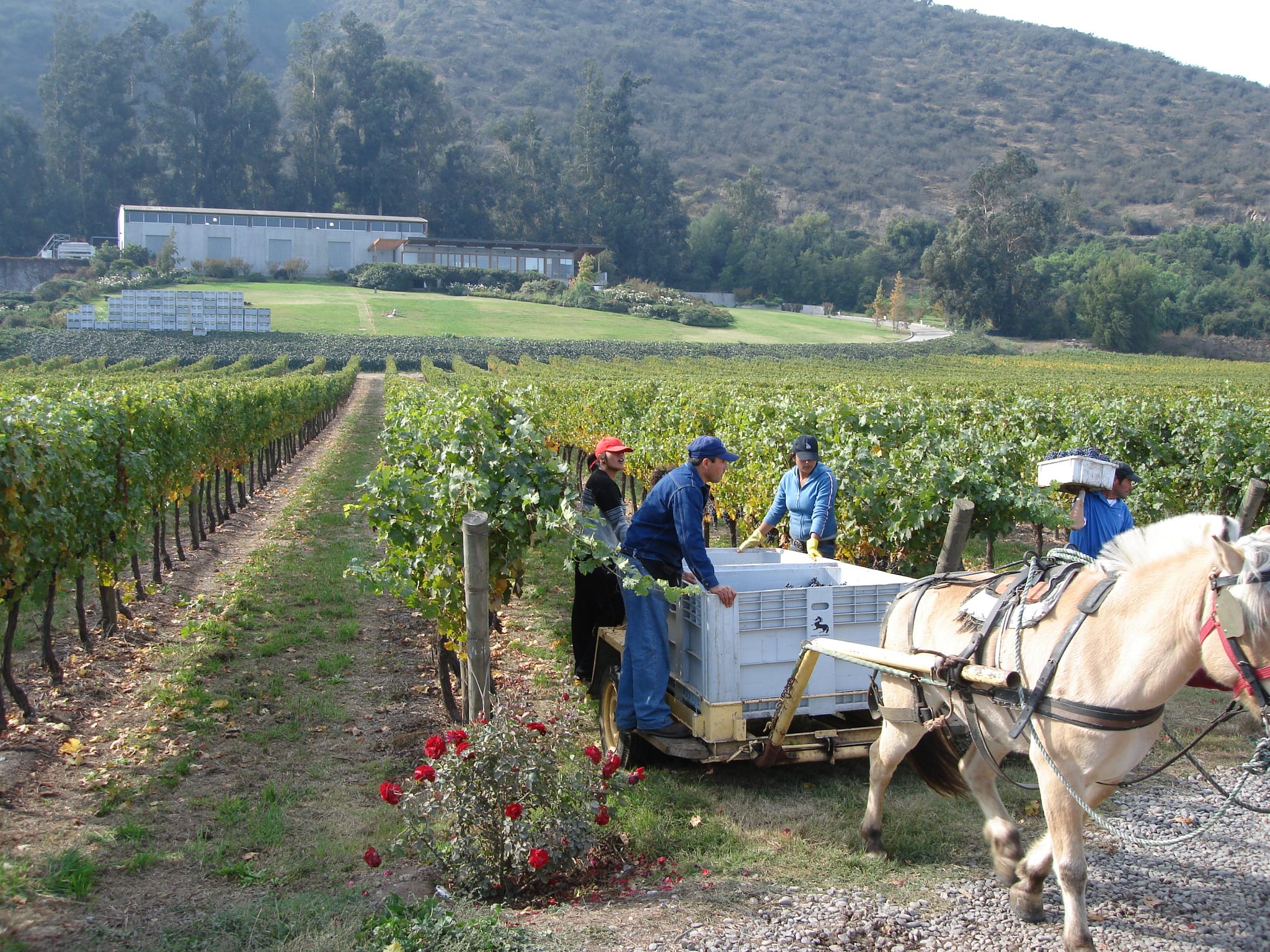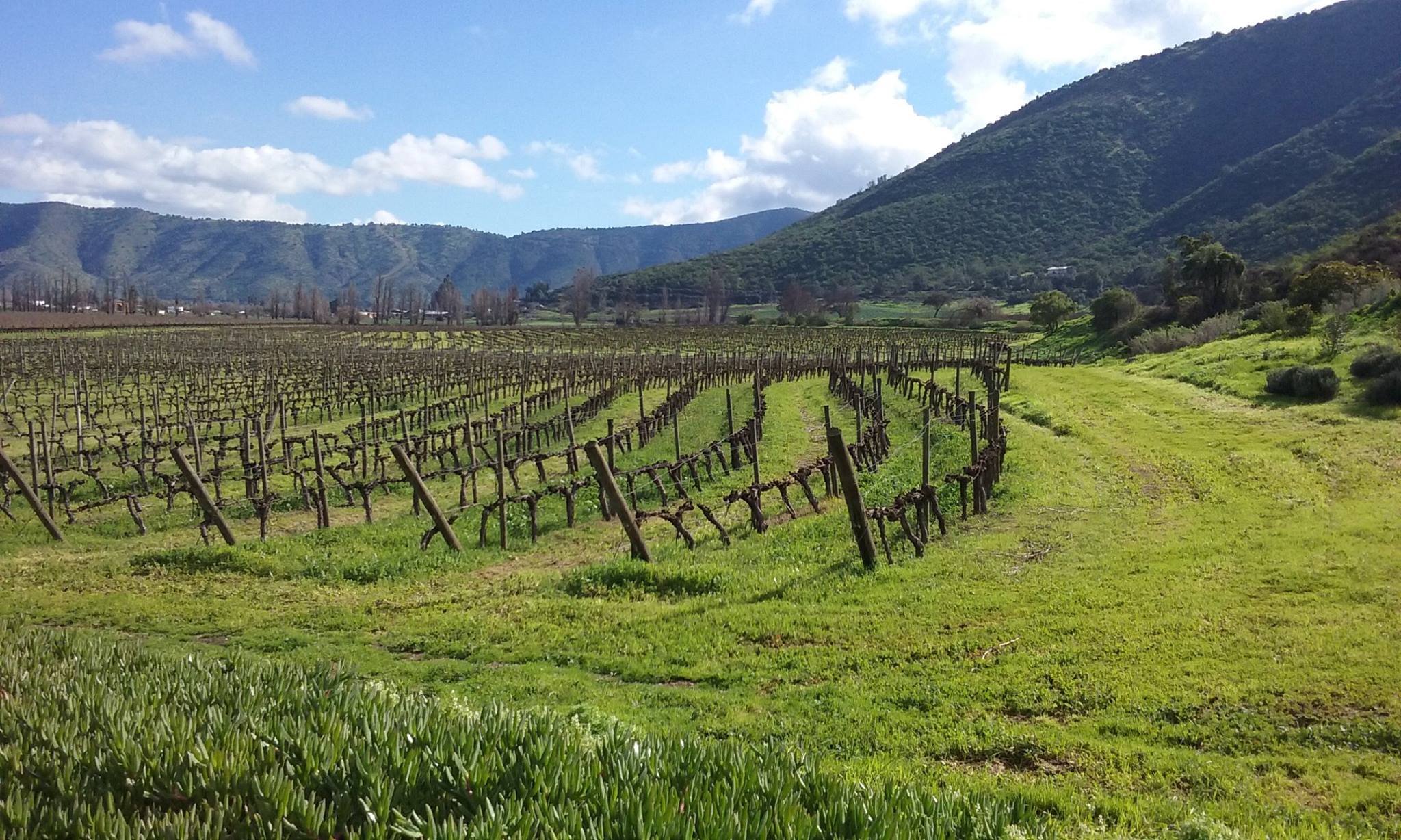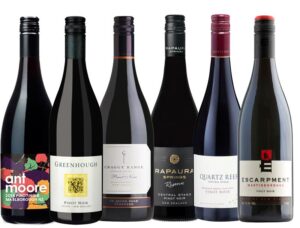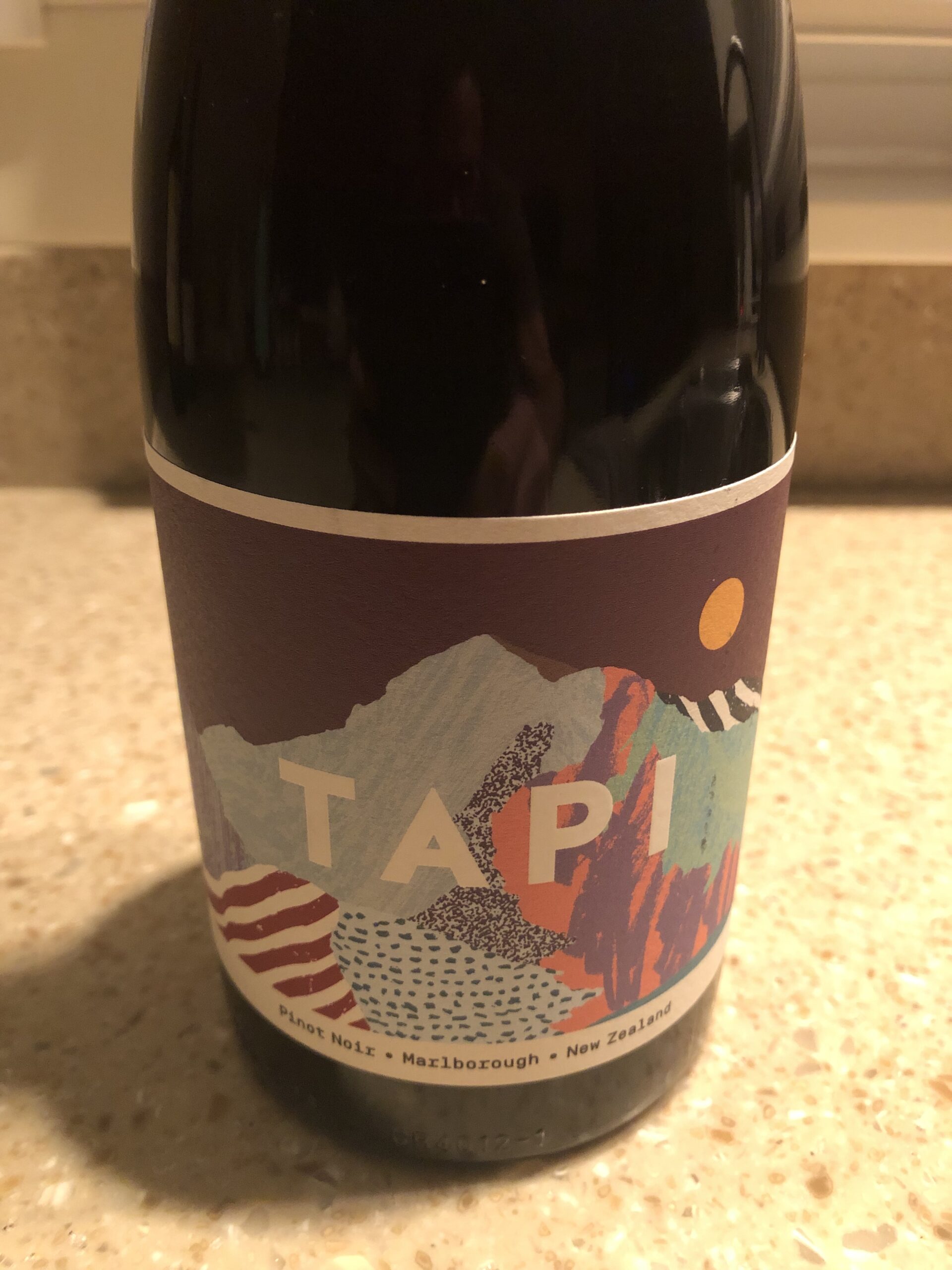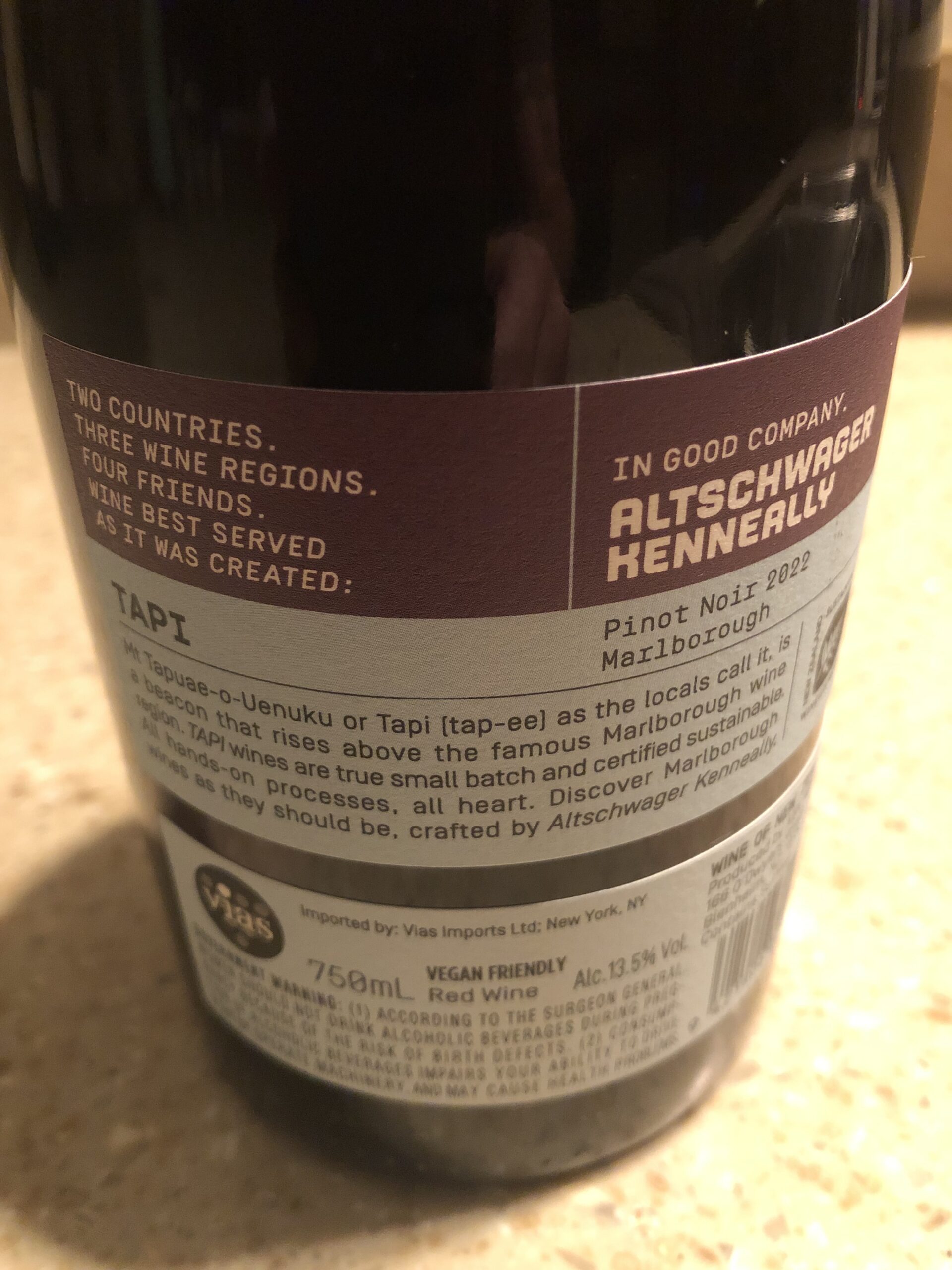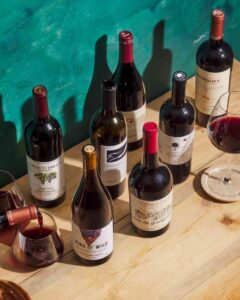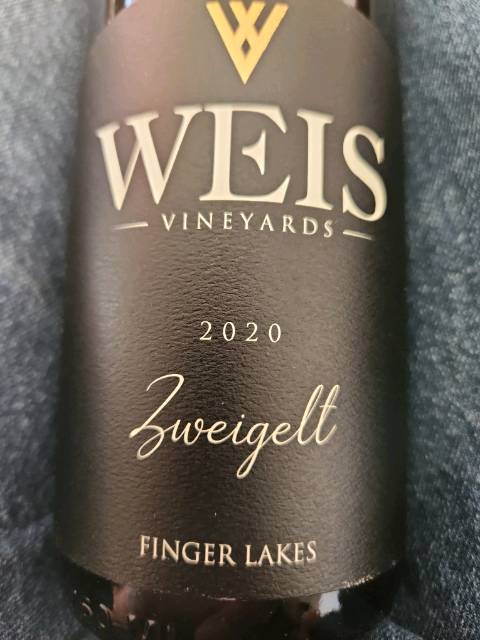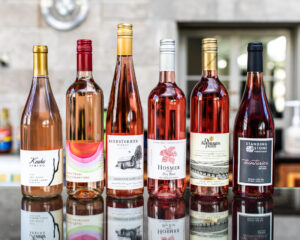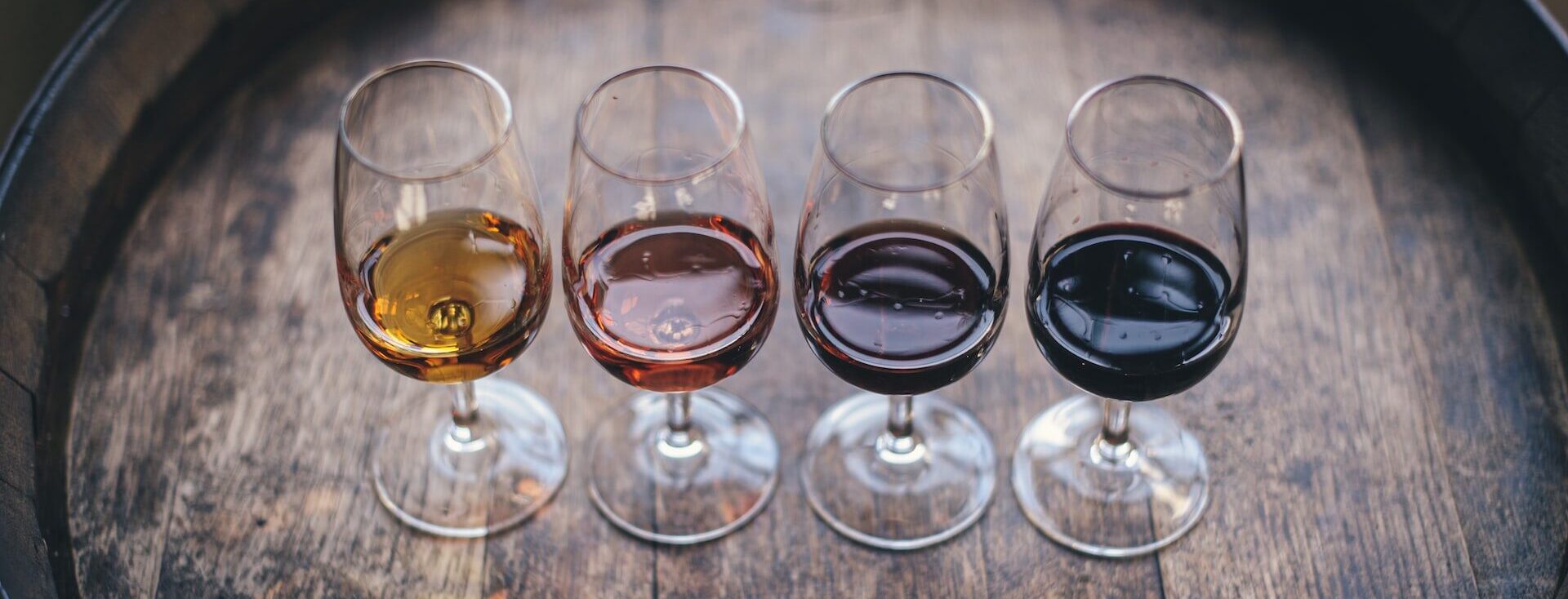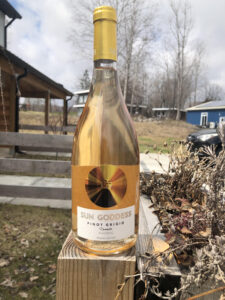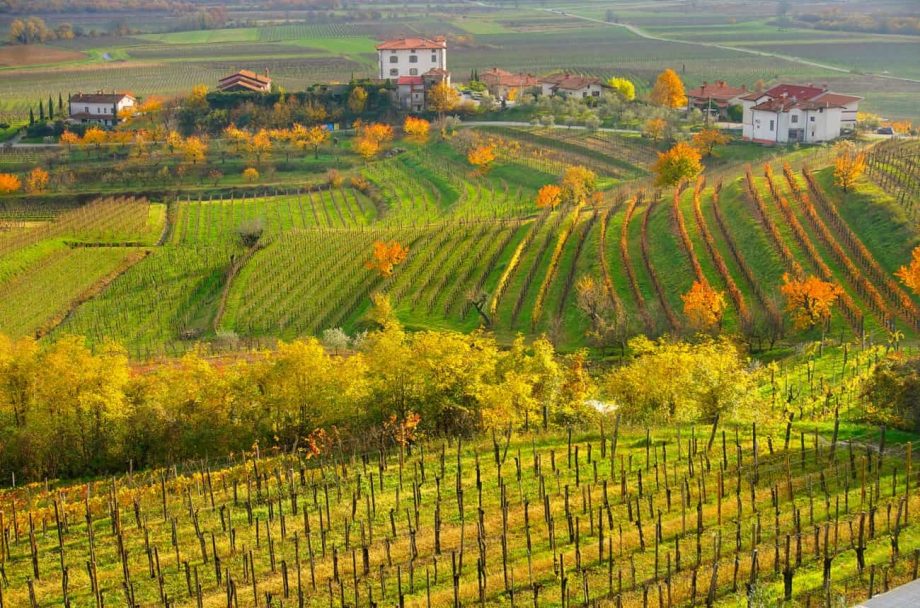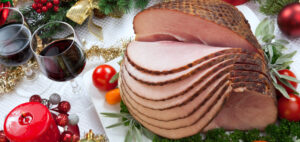International Pinot Noir Day is celebrated worldwide on August 18, 2024. If you’ve spent time with me, you know that it is my favorite wine. It all started back in my early days when I had the opportunity to try many different styles of Pinot from a nice, curated wine list at Marriott International. My love for Pinot took off when I was able to experience the magic of this grape when paired with food and dessert.
From there, I often advised companies and individuals with Pinot Noir recommendations for their events and weddings. Years later, I decided to pursue my advanced wine certifications and specialty certification in French wine, including Burgundy, where Pinot Noir hails supreme.
Working in the cool-climate Finger Lakes wine region has allowed me to appreciate it even more. If you haven’t tried some of the excellent Finger Lakes and New York State Pinot Noir out there, you would be pleasantly surprised. Stylistically, they compare well to classic Burgundy, France Pinots and their application in food pairings. Unfortunately, they haven’t received the national recognition they deserve. Sure, there are some wonderful Pinot Noirs coming out of California that are readily available in all markets, but I appreciate those coming from smaller, lesser-known places.
Enjoy this guide to the classic and noble grape! At the end of the discussion, look for my PN recommendations that hold great value, i.e. won’t break the bank, and from small, local producers and cooler regions.
Pinot Noir is one of the world’s most revered and popular red grapes. While the variety originated hundreds of years ago in France’s Burgundy region, it has spread across the globe, much like its White Burgundy counterpart Chardonnay. Wine enthusiasts can enjoy Pinot Noirs from California, particularly Sonoma Coast and Russian River Valley, Oregon’s Willamette Valley, New Zealand’s Marlborough and Central Otago, New York, and many other regions.
While versions from different countries and appellations can vary in style, a few things are the same for most Pinot Noirs. Generally, these red wines are beloved for their easy-drinking qualities, lower levels of tannins (that bitter stuff at the end), abundant red fruit flavors, floral accents, generous acidity, and earthiness.
The name “Pinot” derives from the French word pineau (“pine”), meaning that Pinot Noir’s name translates literally to “black pine”. According to French linguistics, this name refers to the vine’s dark grape bunches, which are shaped like pinecones.
Pinot Noir is related to Pinot Gris/Grigio and Pinot Blanc grapes, which are a gray and white colored mutation of the variety, as well as the red Pinot Meunier grape. (Pinot Noir is also the ancestor of several other well-known varieties, such as Syrah.) A number of these Pinot Noir clones are grown throughout the world.
While Pinot Noir is best known for making red wines, its grapes can also be used to produce incredible rosé wines (for instance, Sancerre and Cabernet Franc rosé in France’s Loire Valley), white wines and sparkling wine. Pinot Noir and Pinot Meunier are two of the three approved grapes used to make Champagne, as well as sparkling Franciacorta wines in Italy.
Pinot Noir’s grape skins are thin, and the vines prefer cooler climates with long growing seasons. Pinot Noir is considered a delicate, unpredictable, and temperamental grape requiring much attention in the vineyard and TLC. With its thin skins, it doesn’t stand up well to extreme heat, too much sun exposure, too much rain, hail, or frost as thicker-skinned grapes, like Cabernet Sauvignon.
In addition, because the grapes clusters are close together, they are more prone to mildew and rot in very damp conditions. However, it thrives in sandy loam, clay, and limestone soils and often benefits from sites that have morning fog. Limestone and clay help retain water and drains well, which leads to brighter acidity and wines that age well, while sandy loams help keep out pests. When successful in growing Pinot Noir, the vines produce grapes with great potential and complexity, concentrated and layered flavors.
One of the most celebrated aspects of Pinot Noir is its ability to express its “terroir” (sense of place, literally), through the flavors and traits of its resulting wines. For instance, if Pinot Noir in Burgundy is grown in two different sites with distinct soil types, elevations, sun and wind exposures, the grapes from those vineyards can produce noticeably different styles of wine, even when the vineyard practices and winemaking techniques are the same. One Pinot Noir might be richer, with riper fruit flavors and a rounder texture, while the other might be more elegant with more acidity and a distinctive minerality accompanying the fruit.
In the Middle Ages, winegrowing monks in Burgundy allocated different vineyard sites for making distinctive styles of Pinot Noir after many centuries of experimentation. Many of these sites are still used today as Burgundy’s grand cru and premier cru vineyards (the sources of the region’s most acclaimed wines), as well as other top vineyard sites.
What are the flavors of Pinot Noir?
Is Pinot Noir “a good wine”? The answer is “absolutely!” If you ask me, it’s the best and the most interesting. Not only is Pinot Noir one of the world’s most noble grapes, but it accounts for some of the best and age-worthy wines in the world for drinking young and cellaring.
Pinot Noir is a dry, still wine. They are often light to medium-bodied with low levels of tannins and moderate to high levels of bright acidity. As for the alcohol content, the minimum ABV level is usually around 12% with the maximum ABV can be between 13.5 percent to 15 percent, depending on where and how the wine was made.
The most common descriptors for Pinot Noir are bright red fruit flavors of cherries, strawberries and raspberries, often with floral accents, such as violet or rose, and tea notes. Styles from traditional sites from Europe, particularly Burgundy, are likely to display additional notes of earthiness, minerality or spice. Outside of Europe, in California, for example, may show riper, darker, more generous fruit flavors of black cherries, plums or blackberries.
However, Pinot Noir from Oregon, a major New World region for the grape, are often closer in style to styles in Burgundy. Any winery in a region may choose to produce Pinots that are stylistically similar to those from another region through clone selection and vineyard management. Certain regions and appellations (cooler climates) are required by law to use 100% Pinot Noir grapes labelled “Pinot Noir” on the label, i.e. Burgundy and New York. Other regions, like California and Oregon, do not have to include more than 75-80% of the grape in the resulting wine, which means blending with other grapes may occur resulting in darker hues and increased body.
When young, Pinot Noir is juicy and approachable. The best versions can develop elegant complexity as they age, taking on dried fruit flavors and savory accents such as leather and a mushroom and earthy note often described as “forest floor” (official wine tasting term).
How to serve Pinot Noir?
You probably know that red wine should be served at “room temperature”. Well, Pinot Noir and other lighter-red wines, like Gamay and Frappatto, are best slightly below room temp between 50° to 60° F. This will help bring out the wine’s complex notes and refreshing character.
While specialized wine glasses exist for just about every major grape variety, you don’t need to invest in them. A set of “Burgundy glasses,” which have the widest bowl among red wine glasses and a more tapered opening to capture the most delicate of Pinot Noir’s aromas. In contrast, less tapered “Bordeaux glasses” are best for Cabernet Sauvignon and Merlot because they are more robust and not as aromatic.
Why is Pinot Noir so popular?
For centuries, Pinot Noirs have been among the most sought-after wines in the world. Why? Pinot Noir is accessible and very drinkable in their youth, not requiring years of cellaring, and are extremely food friendly. Sommeliers often choose these elegant reds when trying to pair with cuisine ranging from fish to beef. But it’s so much more than that.
In 2004, Pinot Noir gained fame far beyond the wine world when it was featured in the critically acclaimed film Sideways as the favorite wine of main character Miles. The movie sparked a tourism boom in Santa Barbara County in Cali, the setting for the movie. In 2005, sales of Pinot Noir had spiked, and they continued to grow in many years to follow. The reputation of Merlot, which was depicted as a terrible wine, suffered from the negative PR by Miles.
Both Pinot Noir and Merlot originate in France, though Merlot comes from Bordeaux in Southwest France, not Burgundy. Both Pinot Noir and Merlot display red fruit flavors and, when aged in oak, spice accents like vanilla. However, Merlot generally has more body, higher levels of tannins and lower levels of acidity than Pinot Noir. The fruit flavors and textures of Merlot are more pronounced than those of Pinot Noir. Merlot also makes some of the most coveted wines in the world. Neither grape is better than the other; they just suit different palates, food pairings and occasions.
From its historic home in France’s Burgundy region to the rising stars of Oregon, New York, and Germany, Pinot Noir is generally made in cool-weather countries and regions. Earth’s changing climate means that areas that struggled with inconsistent vintages are now finding more consistent success (and often riper styles) while other areas that were previously considered too cool for growing red grapes are producing Pinot Noir. Australia, particularly the island of Tasmania in the southern hemisphere, New Zealand, Chile and South Africa are up and coming regions for outstanding and great value Pinots.
Burgundy is the first name that comes to mind when thinking about Pinot Noir. After all, Burgundy is where the grape originated and is home to many of the most collectible, age-worthy Pinot Noirs.
But beyond Europe, Pinot Noir’s best-known home is California. The grape has become important to winemaking in California’s cooler regions, including subregions such as Carneros, Sonoma’s Sonoma Coast and Russian River Valley, Mendocino’s Anderson Valley, Santa Barbara County’s Sta. Rita Hills, Santa Maria Valley and Monterey. Over the years, winemakers have discovered ideal sites for growing Pinot Noir vines. Stylistically, these wines range from types similar to Burgundy’s (leaner, with firmer tannins and earth and mineral accents) to fuller and riper versions with rich dark fruit and spice notes, and styles in between.
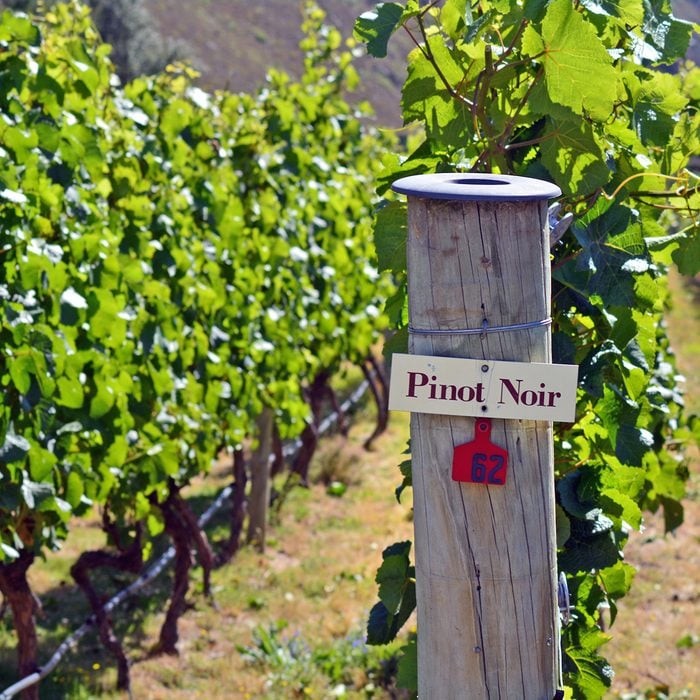
New Zealand
New Zealand is home to Pinot Noir’s influence the Southern Hemisphere, with several subregions of Martinborough on the North Island and Central Otago and Marlborough on the South Island. These areas offer vibrant and rich versions of the grape with generous fruit notes.
Oregon, US
It is no surprise that Oregon has become one of Pinot Noir’s best regions: Its climate offers similar conditions to those in Burgundy. A number of wineries in Oregon’s Willamette Valley have established excellent reputations with Pinot Noir in recent decades, producing wines that are comparable in style and quality to those of Burgundy.
What foods pair well with Pinot Noir?
Pinot Noirs are incredible wines to serve and pair with range of cuisines, thanks to its bright acidity, red fruit notes and low to moderate levels of tannins. Classic pairings traditional in Burgundy include beef Bourguignon and coq au vin, but these reds are great for chicken, duck, game, pork, salmon and other fish, pasta, beans, mushrooms and grilled vegetables. Try it with hot dogs or pork BBQ at your next summer cookout. It also really good with hard cheeses with milder flavors, such as Gouda and Cheddar.
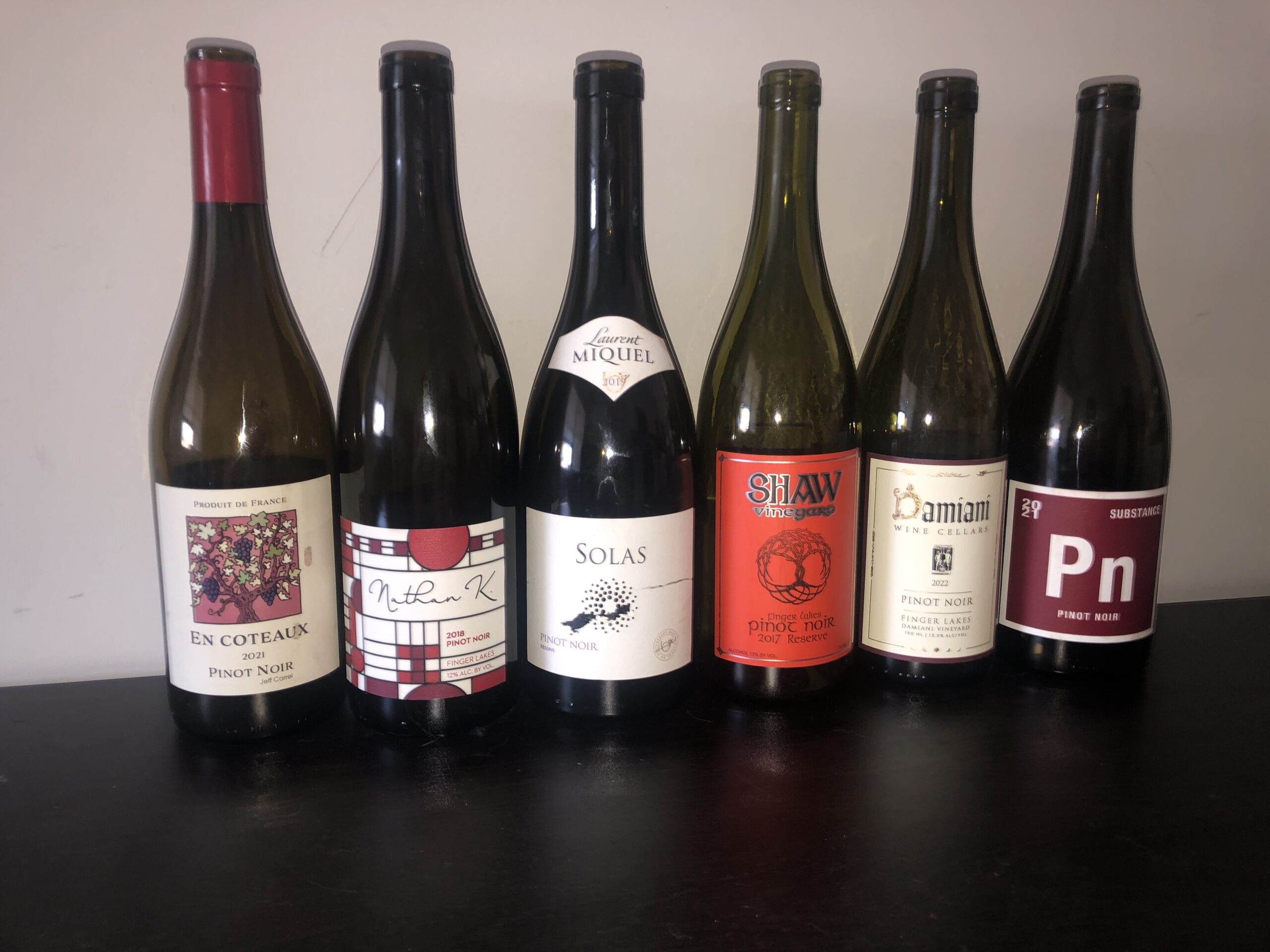
My Pinot Noir favorites (in no particular order)
As mentioned in the opening, here is my personal list of wines from mostly small, local producers, especially in NY, that hold great value (under $40) from the past year. Some wines may be sold out or are past vintages, but these producers have been consistent for Pinot. Look for some of these rare and highly rated finds –
2017 Shaw Vineyard Pinot Noir Reserve, Finger Lakes, NY, US (aged)
2022 Damiani Wine Cellars Pinot Noir, Damiani Vineyard, Finger Lakes, NY, US
2021 Nathan K. Pinot Noir, Finger Lakes, NY, US
2020 Dr. Konstantin Frank Old Vines Pinot Noir, Finger Lakes, NY, US
2019 Laurent Miquel “Solas” Pinot Noir, Languedoc-Roussillon, France
2019 Louis Latour Mercurey, Burgundy, France
2019 Domaine Besson Givry Le Petit Pretan Premier Cru, Givry, Burgundy, France
2019 Maison Chanzy En Rosey, Rully, Burgundy, France
2021 Johan Vineyards Estate Pinot Noir, Willamette Valley, Oregon, US
2021 Child’s Play Pinot Noir, Willamette Valley, Oregon, US
2022 Planet Oregon Pinot Noir, Willamette Valley, Oregon, US
2023 Gala Estate White Label Pinot Noir, Tasmania, Australia
2021 Mac Forbes Pinot Noir, Yarra Valley, Victoria, Australia
2022 Johnson Estate Freelings Creek Reserve Pinot Noir, Lake Erie, NY, US
2021 Borghese Vineyard Select Pinot Noir, North Folk of Long Island, NY, US
2021 Macari Vineyards Pinot Noir, Long Island, NY, US
2021 Millbrook Vineyards & Winery Pinot Noir, Hudson Valley, NY, US
2016 McCall Wines Pinot Noir, North Folk of Long Island, NY, US (aged)
2020 Amayna Pinot Noir, Leyda Valley, Chile
2022 Ernest Pinot Noir Hasher Family Estate, Upper Hemel-en-Aarde, South Africa
2017 Maison L’Envoye Pinot Noir, Central Otago, New Zealand
2022 Babs Wine Company Pinot Noir, Santa Barbara County, California, US
2022 Chalk Hill Pinot Noir Sonoma Coast, Sonoma Coast, California, US
2022 The Calling Pinot Noir, Russian River Valley, California, US
2021 Foxen Pinot Noir, Santa Maria Valley, California, US
Cheers,
Michael Nagy

